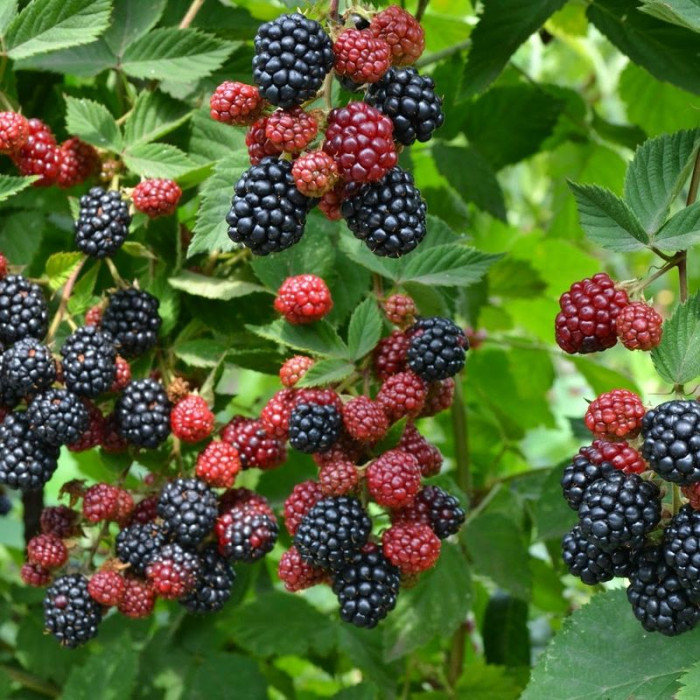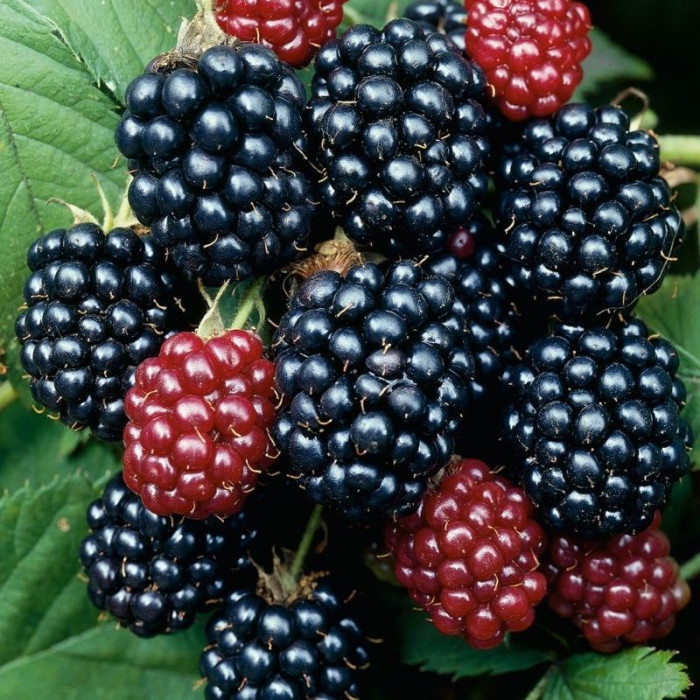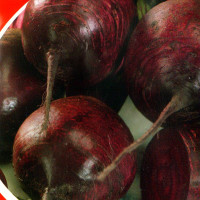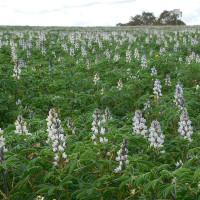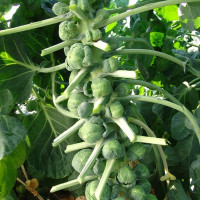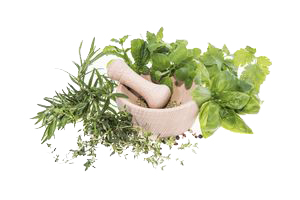Blackberry «Thornfree» - known for a very long time. The variety is in great demand in industrial production and among gardeners. The commercial success of the plant is due to a large number of advantages, including: the absence of thorns, large fruit size, yield, pleasant taste, high resistance to diseases and pests, beautiful flowering. There is only one drawback - in the period of full maturity, Thornfree becomes too soft.
Blackberry Thornfree needs shelter in the middle lane, but even without this condition, the plant may not freeze slightly.
In one brush, there can be 30 berries, which is a lot for a blackberry. Berry brushes under the weight of berries can hang down to the ground if the pinching in the previous year was made long. The bush multiplies rapidly by rooting tops, or offspring, if their appearance is caused artificially.
In autumn, after the fruiting period, two-year-old shoots die off, in return for them, each plant has several root offspring and replacement shoots. In this way, the life of the plant is extended.
AGRICULTURAL TECHNIQUE
Blackberries are able to grow on various types of soil, but the presence of humus in the soil has a beneficial effect on the quality and quantity of the crop. It is advisable to choose a site with water- and breathable light soil with a slightly acidic (5.5 - 6.0) pH with a groundwater level no closer than 1.5 m from the surface.
Waterlogging blackberries can not stand. The plant needs support, so it should be planted near a trellis or fence. Due to insufficient frost resistance, shoots for the winter should be laid on the ground and covered with mulch.
The distance between the bushes should be about 1.5 - 2 m. A bucket of compost or humus, 70 g of potassium salt and 120-140 grams of superphosphate are brought into the pit before planting.
Harvest blackberries form on last year's shoots, like raspberries. Therefore, annual shoots are shortened upon reaching a length of 1.5 m. This stimulates the formation of side shoots and, as a result, increases the yield. Fruiting shoots are cut out in the fall.
Blackberries take out a lot of nutrients from the soil during fruiting, so it is advisable to feed it regularly. At the beginning of the season, you can add urea. The most demanding plants during flowering and the formation of ovaries. At this time, they can be fed with ash, potassium salt.
When the ovary is formed, foliar top dressing should be carried out with ash infusion or complex mineral fertilizer directly on the leaves. We add humus and superphosphate for digging.

No questions about this product, be the first and ask your question.



